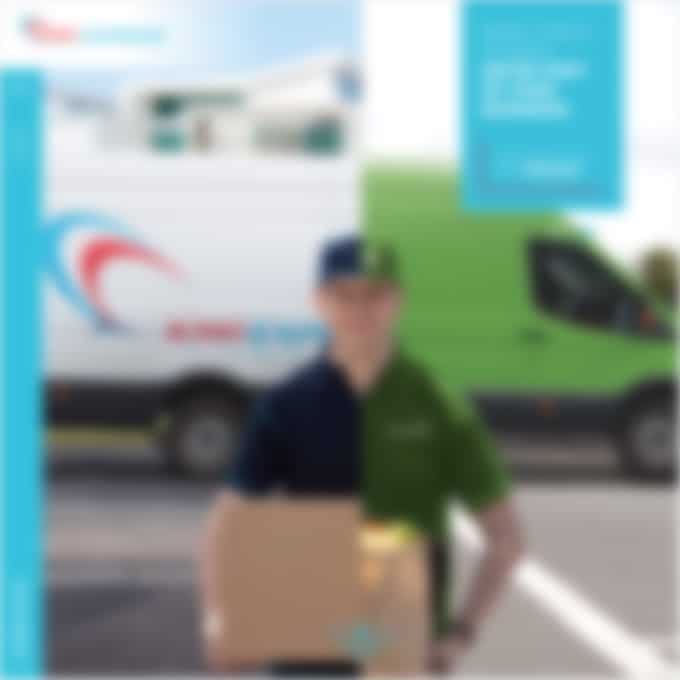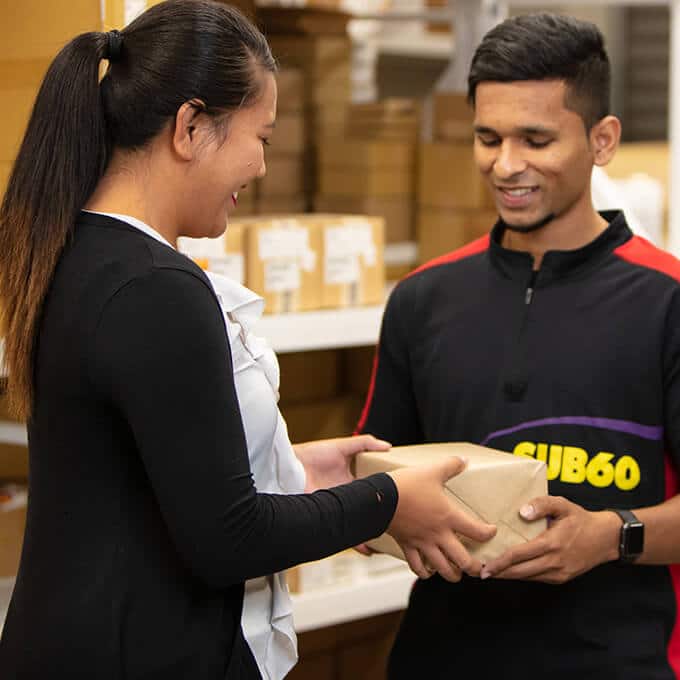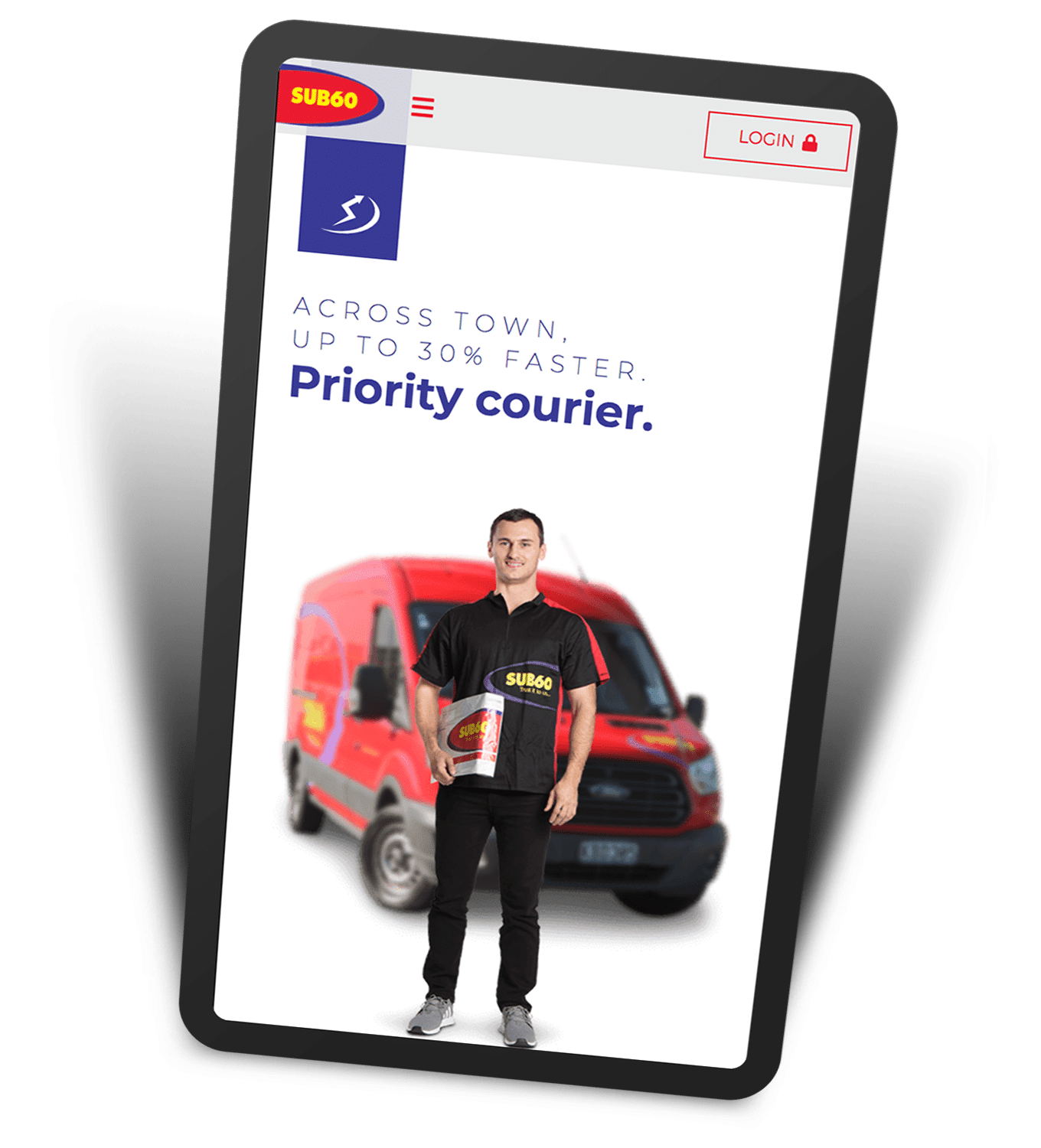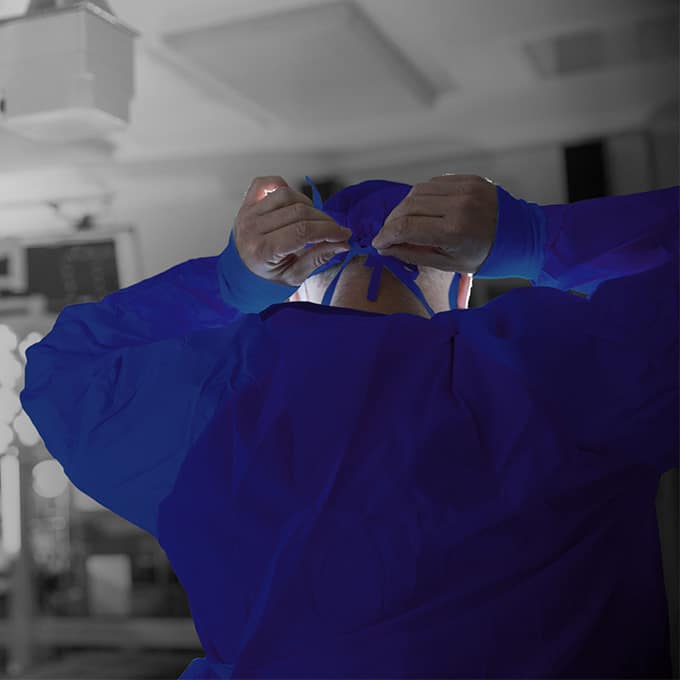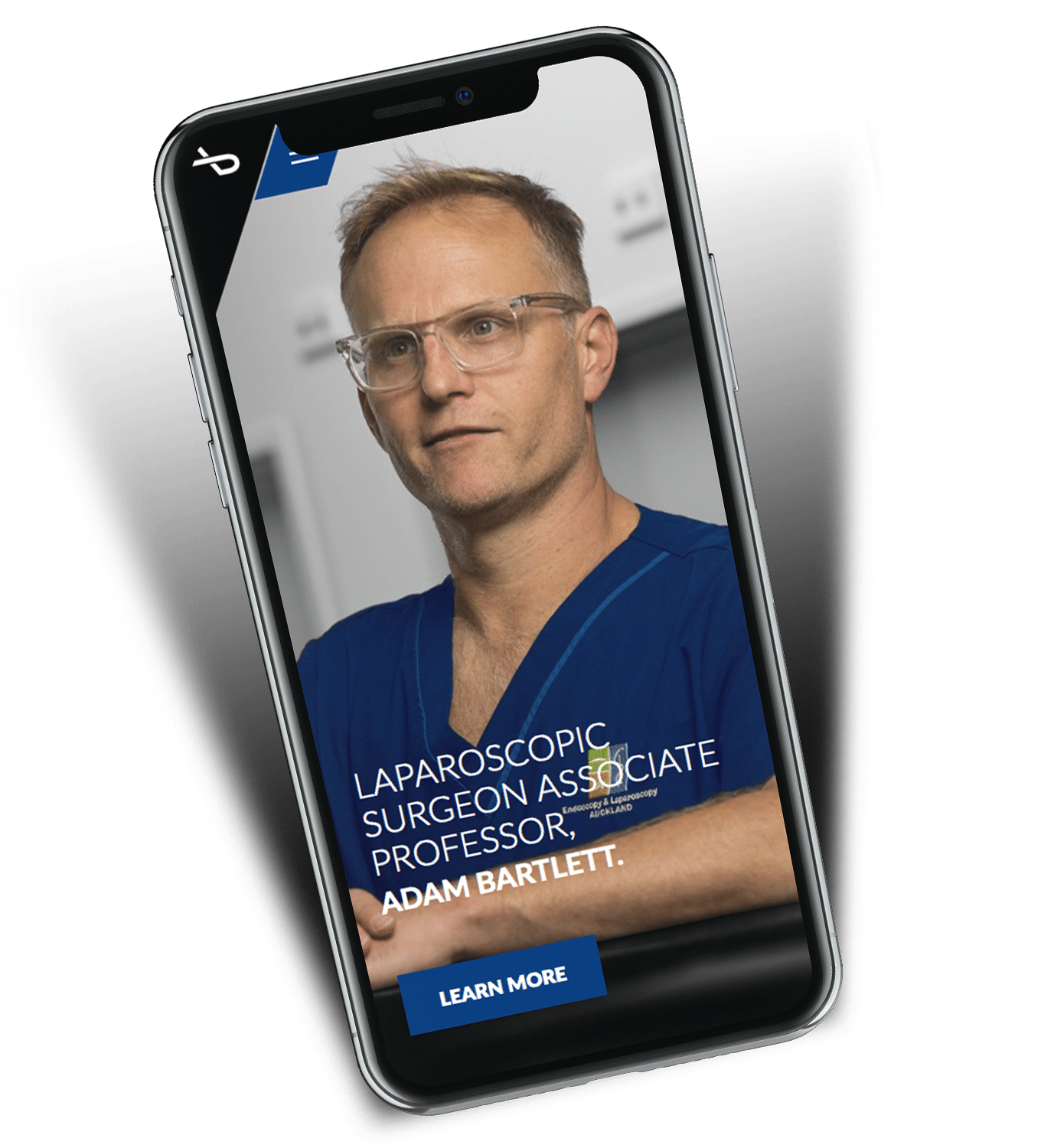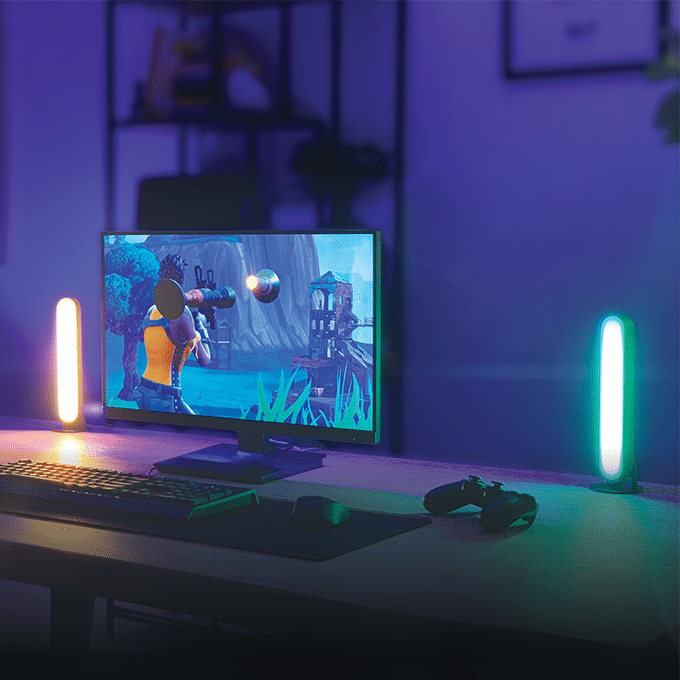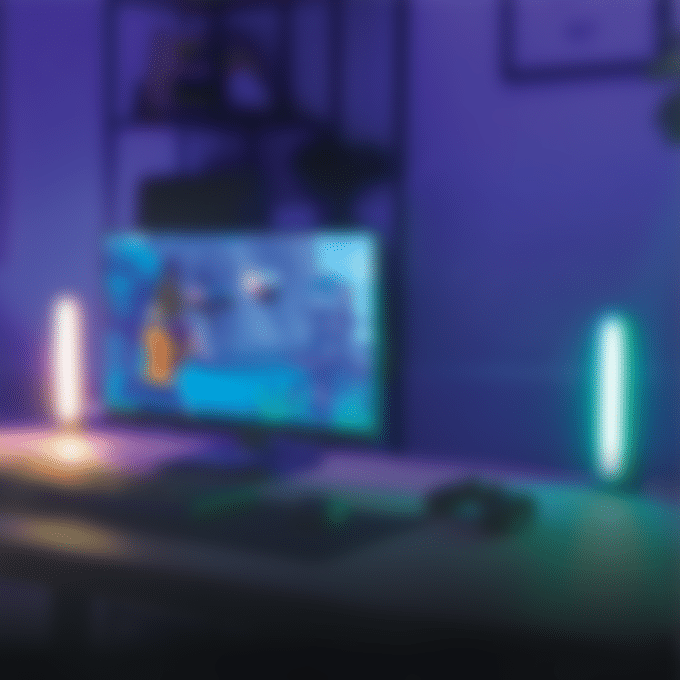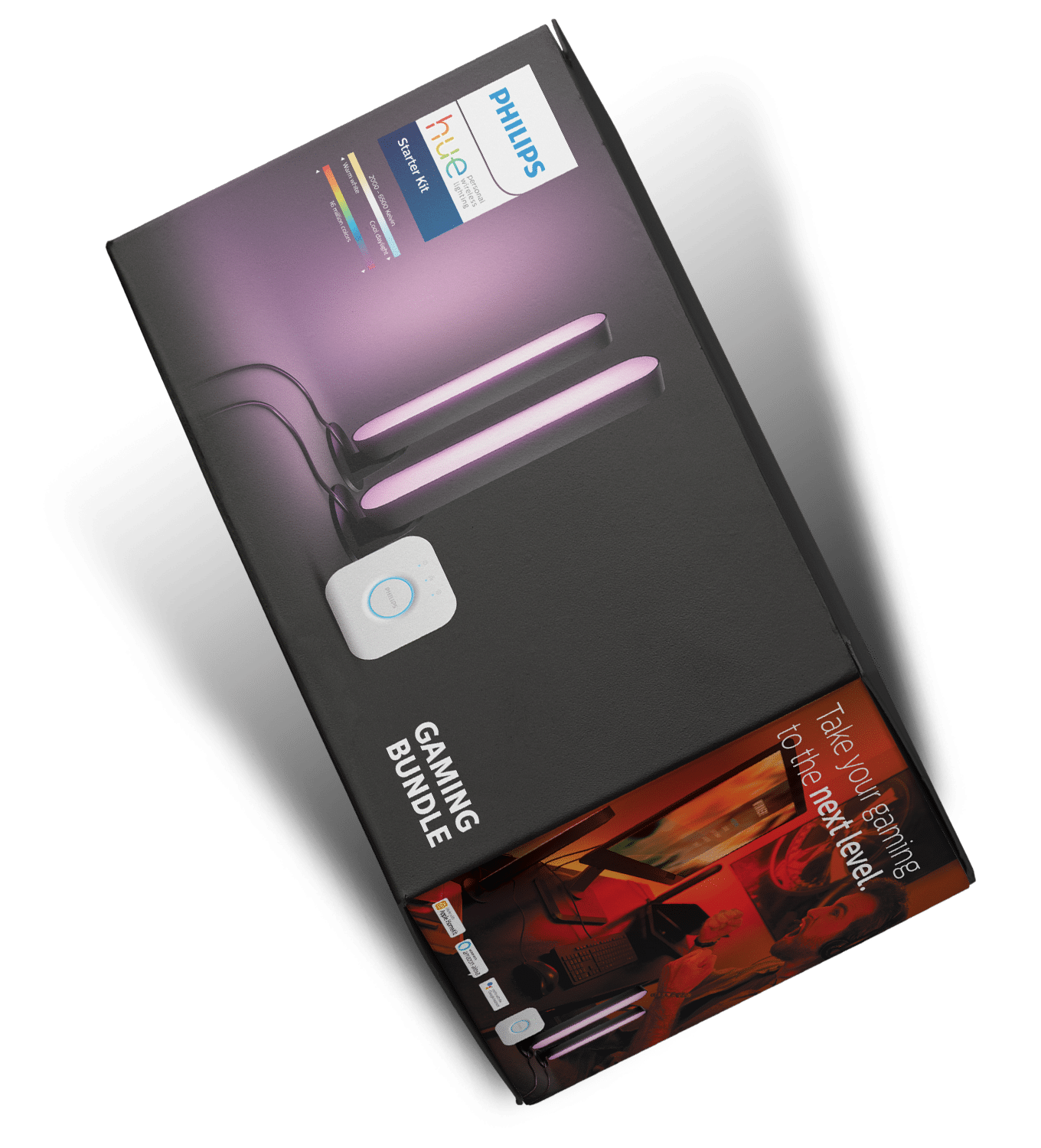How good imagery will boost your website’s effectiveness
06 June 2022
How to build an effective website – Part three.
English playwright Edward Bulwer-Lytton (who?) once said “the pen is mightier than the sword”.
That pen is even more mightier when the words are accompanied by some powerful imagery – especially when it comes to creating an effective website. You know the sort of website we mean – one that moves and motivates the user to do what you want them to do.
In our previous two blogs about creating effective websites we talked about the all-important initial planning phase (where you establish why your website should even exist and why your target audiences should care) and the need for powerful, persuasive copy.
This time around we’re going to talk about the value of good imagery on your site. And the key word here is good. How many sites have you visited where the photos have been taking on someone’s iPhone while they’ve had the shakes? Or they’re badly lit? Or just look plain awful?
Imagine the impression these images give the user about the business.
Studies have shown that people remember 80% of what they see and only 20% of what they read. There’s also research attesting to the fact that 65% of people are visual learners and that the brain can process an image in just 13 milliseconds. And since we’re talking research, a study among Generation Y’s website preferences highlights that they like pages that have a main large image (they prefer “a picture-based method of communicating information rather than a text-based method”).
All of which reinforces the importance of having good photos on your site.
The benefits of using imagery on your website
- They grab attention.
- They can convey complex messages to the user quickly – literally in the blink of an eye.
- Relevant images enhance the user experience. They help you deliver your key messages, whether it be a shot showing a construction team working on-site, the views from the windows of a tourist lodge, a restaurant’s signature dish, the high-tech theatre in a surgical facility…. You get the idea.
- They increase “dwell time”. And that’s good news if you’re wanting to boost your site’s ranking. The time a user spends on your site is a user engagement signal for Google, and a factor for search ranking.
- They can improve your SEO. As long as the image name and alt description matches the text, it will rank better in the image search section of search engines. And don’t underestimate the importance of image search when it comes to site traffic. In a study conducted by MOZ and Jumpshot, Google Images counts for 26.79% of US searches. (SEO is such an incredibly fascinating subject that we’re going to devote a whole series of blogs to it over the next few weeks, so stay tuned).
- They effectively convey the tone and voice of your brand. So that’s another reason why good images are better than ones taken on shaky i-Phones.
- They’ve got viral potential (and not in a bad way). The life of good images go way beyond your website. Those same images can form the basis of an eye-catching social media campaign that will help you get noticed and build a following for your brand.
- They inspire and persuade people into buying your products and services. A picture can speak a thousand words about your product and even more about your brand. When a user sees what the product looks like, or the lifestyle benefits of having that product (or service), they’ll be more tempted to buy.
Photography doesn’t have to be expensive. But it does need to work. So don’t skimp.
Ideally, you should use bespoke photography whenever you can. By this I mean, photos taken specifically for your business rather than using lots of photo library shots. After all, your business is unique, so the imagery should be too. They should be relevant to the unique story you’re telling.
Not to say that photo library images don’t have their place. They do. They can be used as support shots or when the idea you’re trying to convey is more generic. Just be aware though that the photo library shot you use could very well be used by someone else – which could in turn create confusion among users who remember the image but then can’t pin down where they’ve seen it.)
Now that we’ve talked about the “why”, the importance of copy and the value of good imagery, next week we’ll talk about all the final bits and pieces you need to consider before getting your website up and running. We call it “The Final Bits & Pieces You Need to Consider Before Getting Your Website Up and Running.” (I wonder if that sentence could have been better summed up with an image?)

